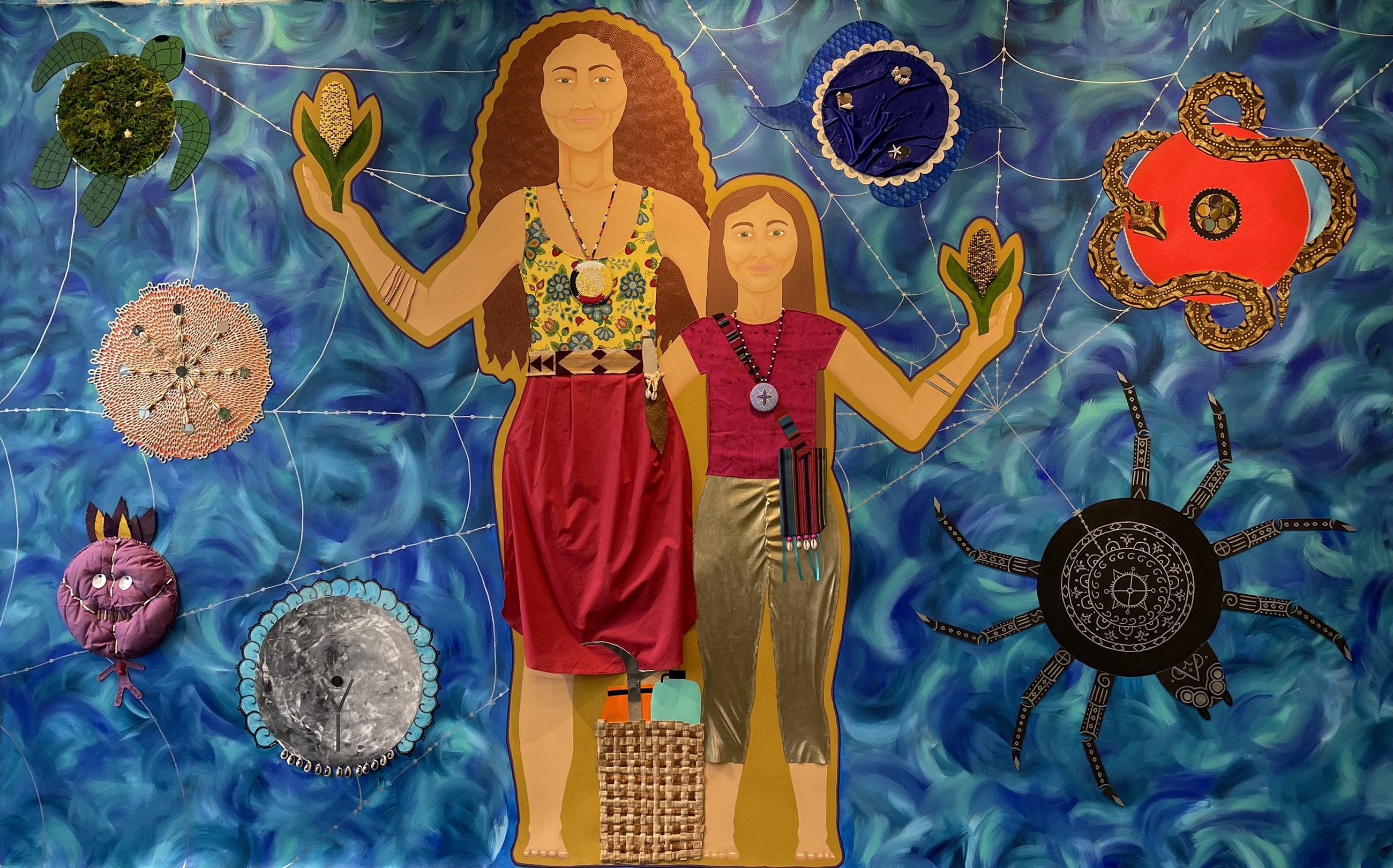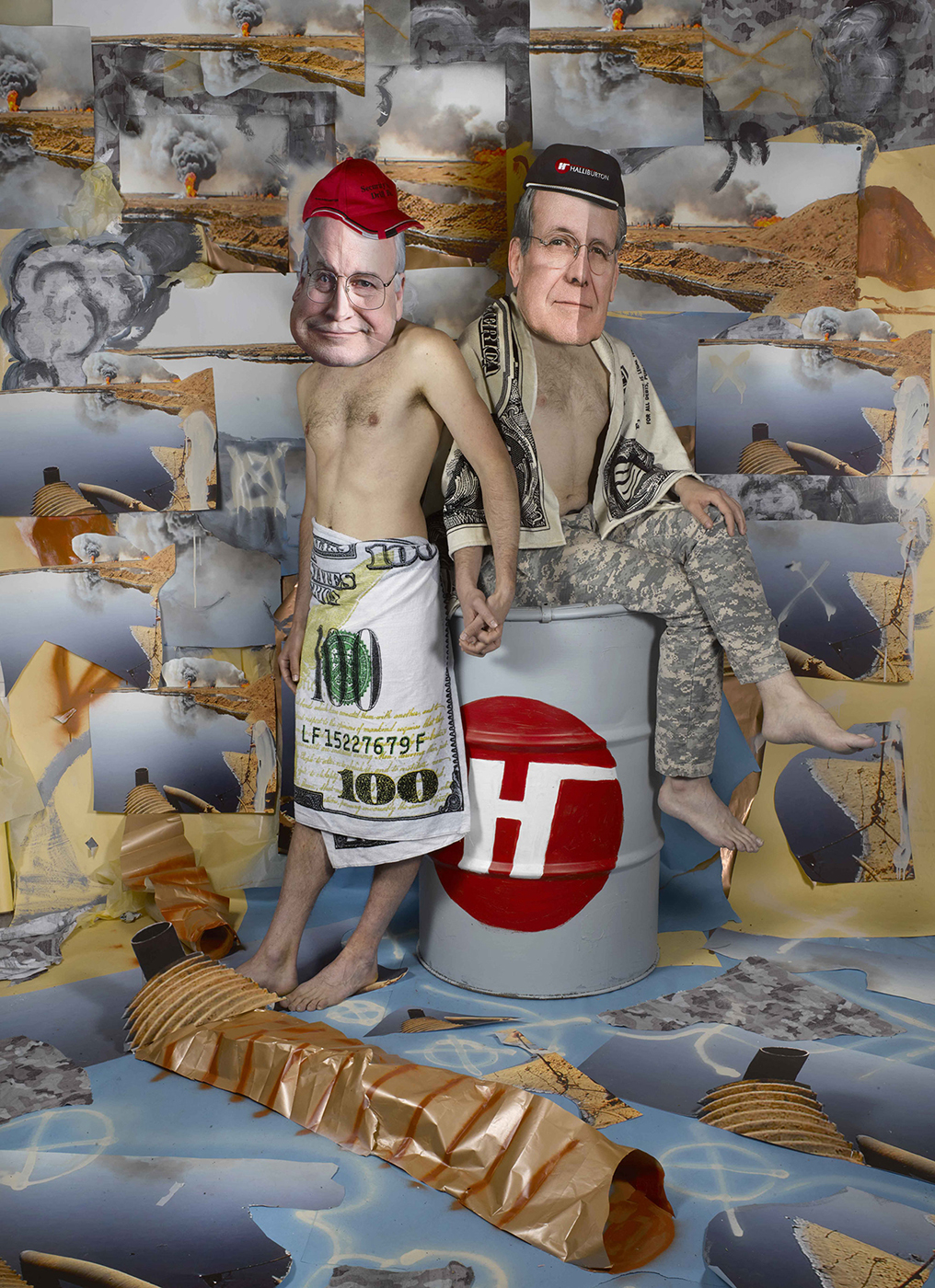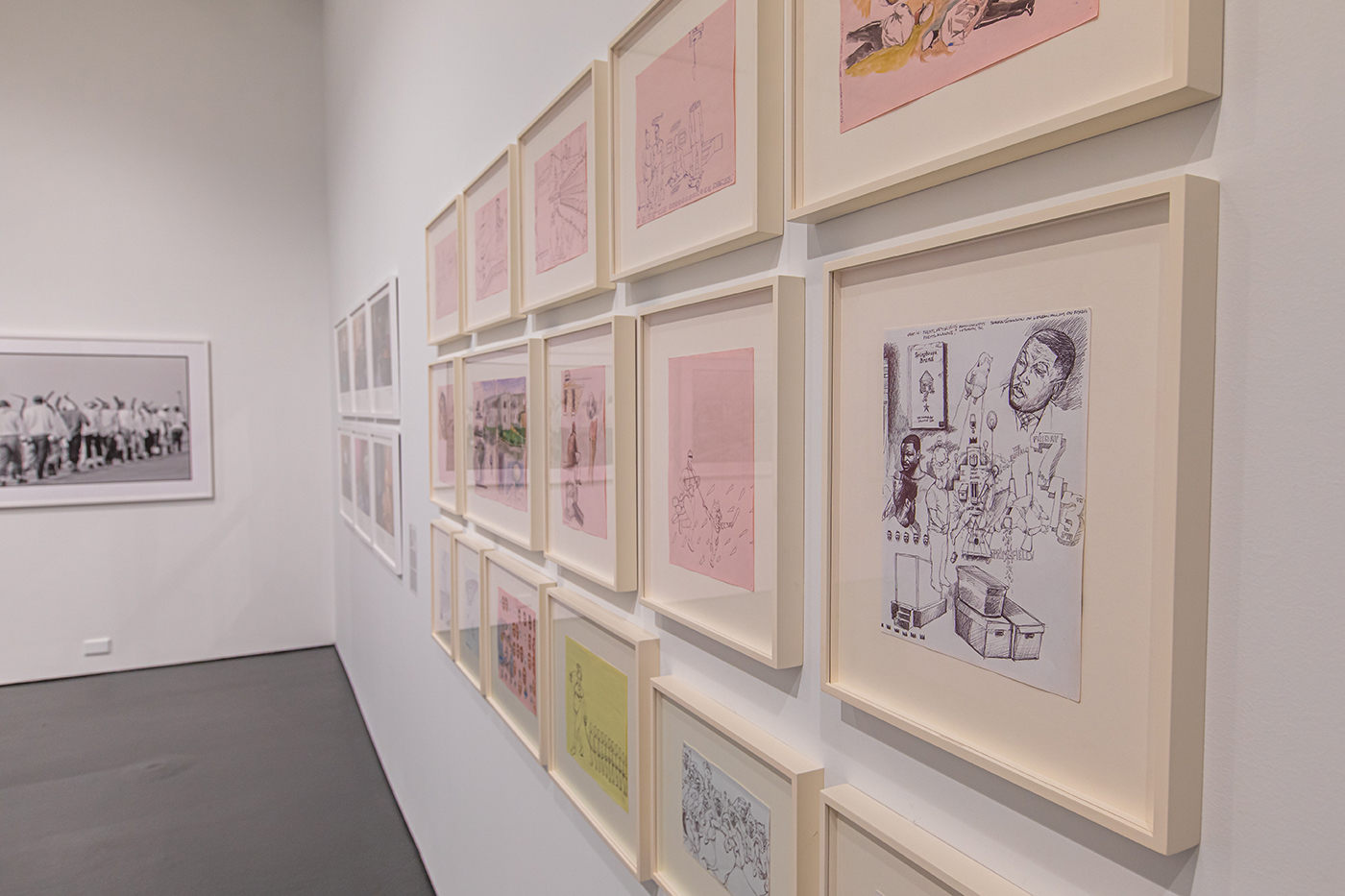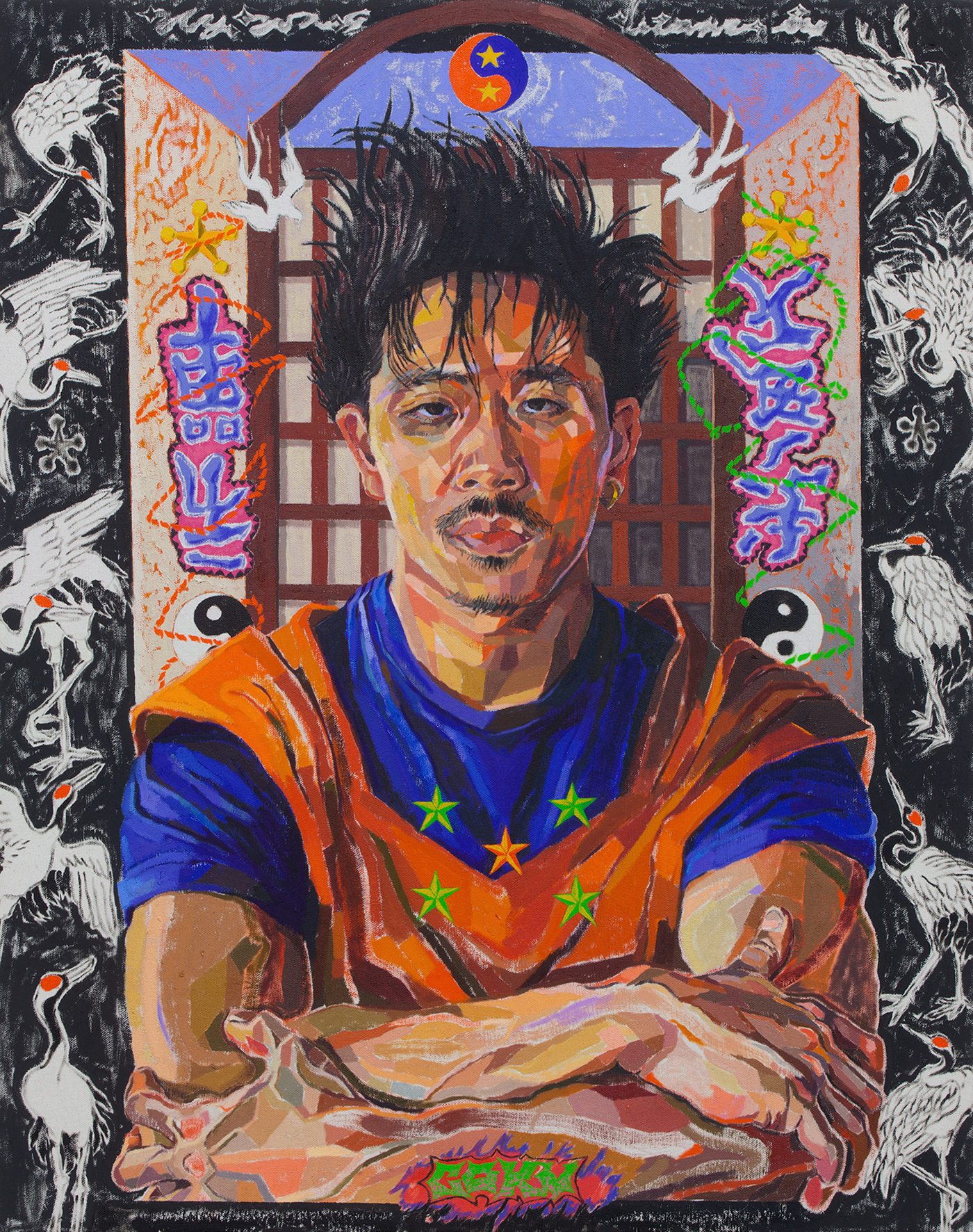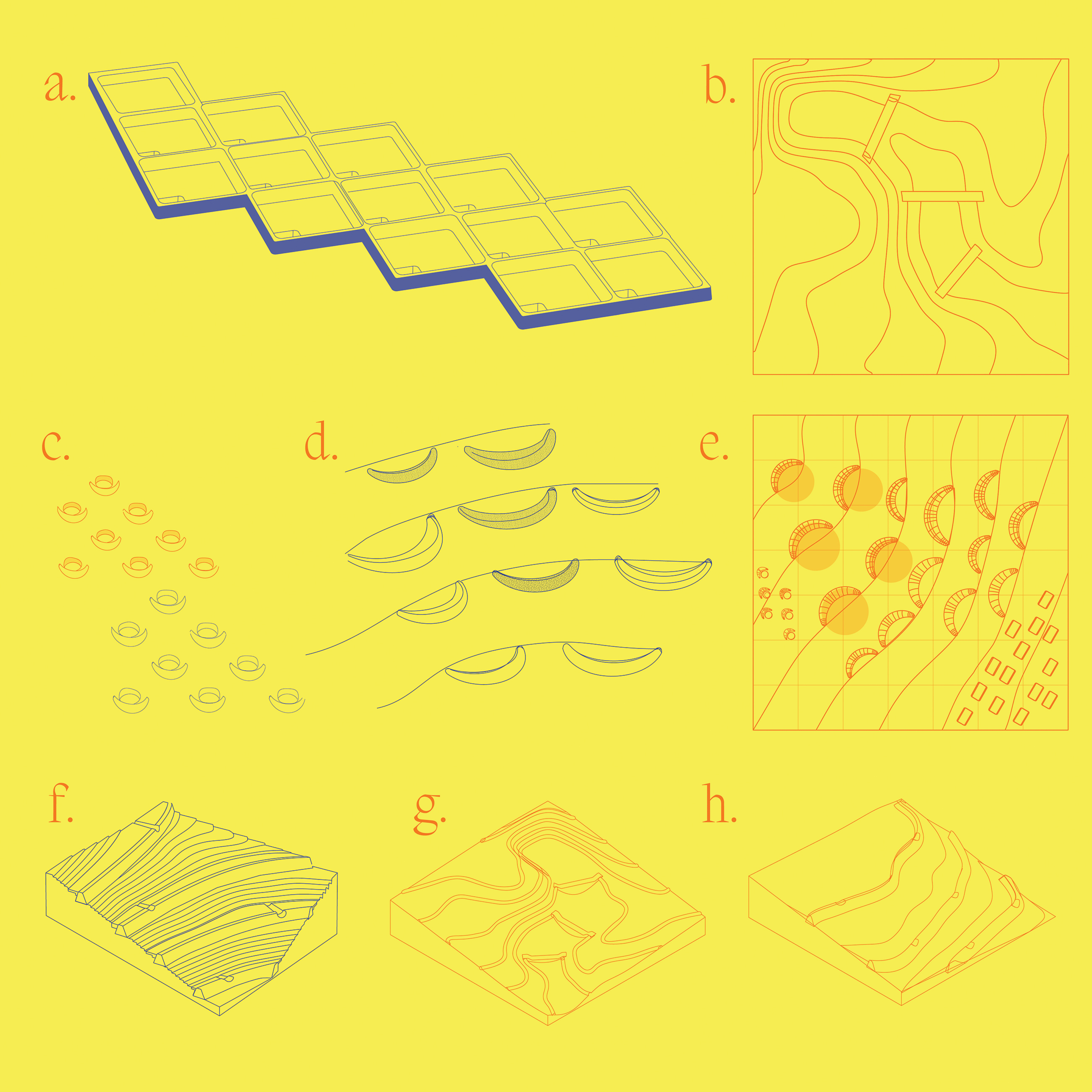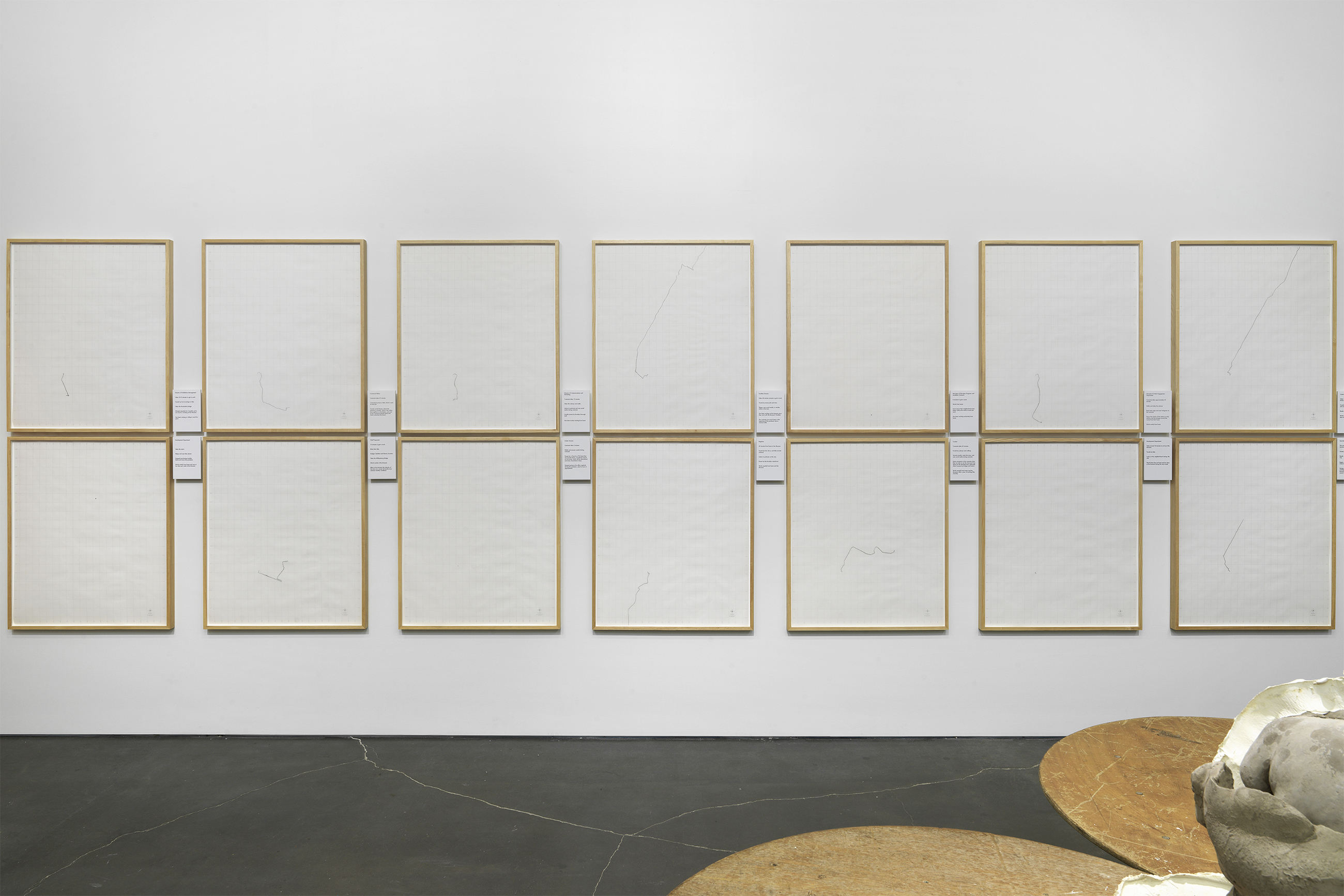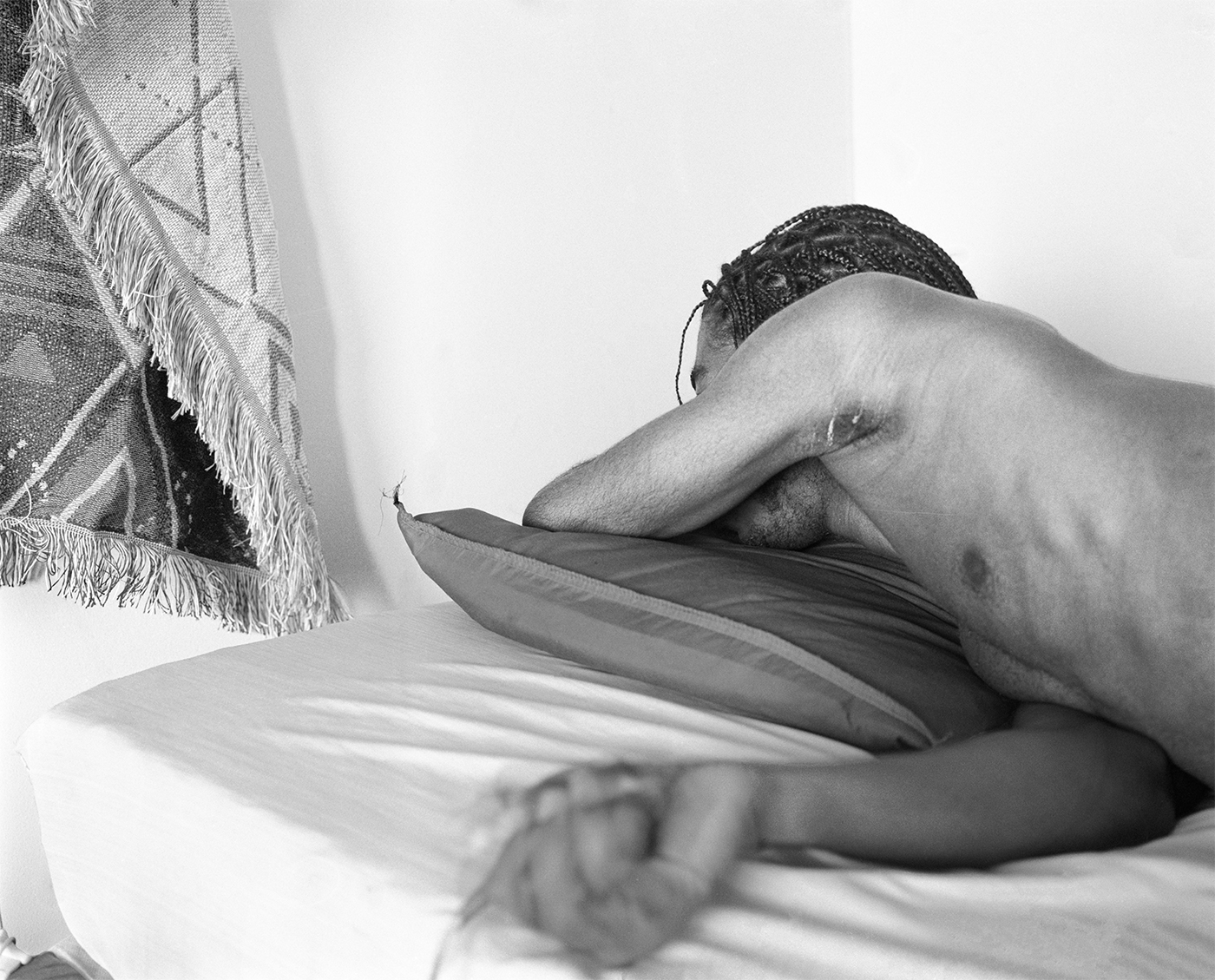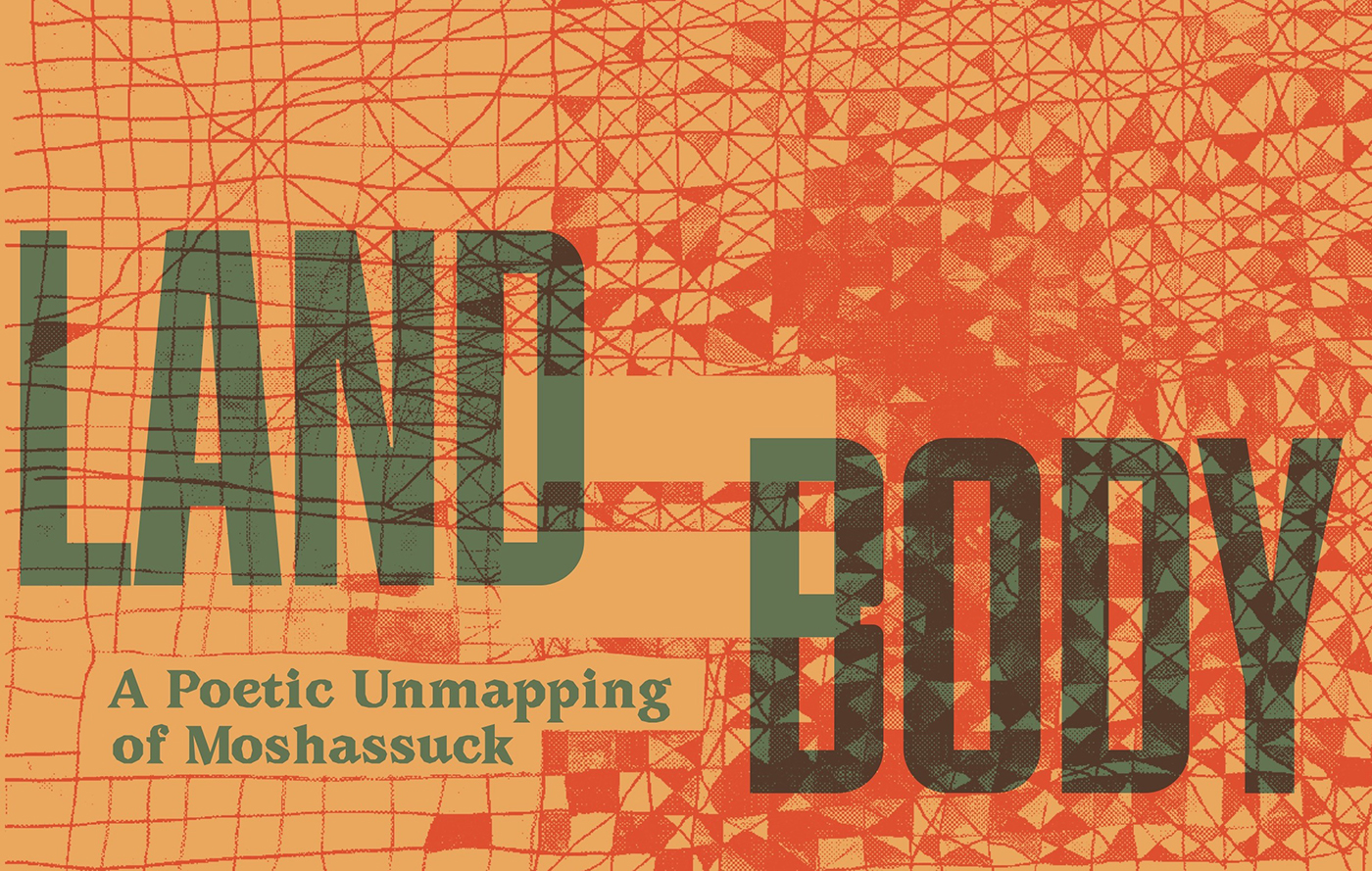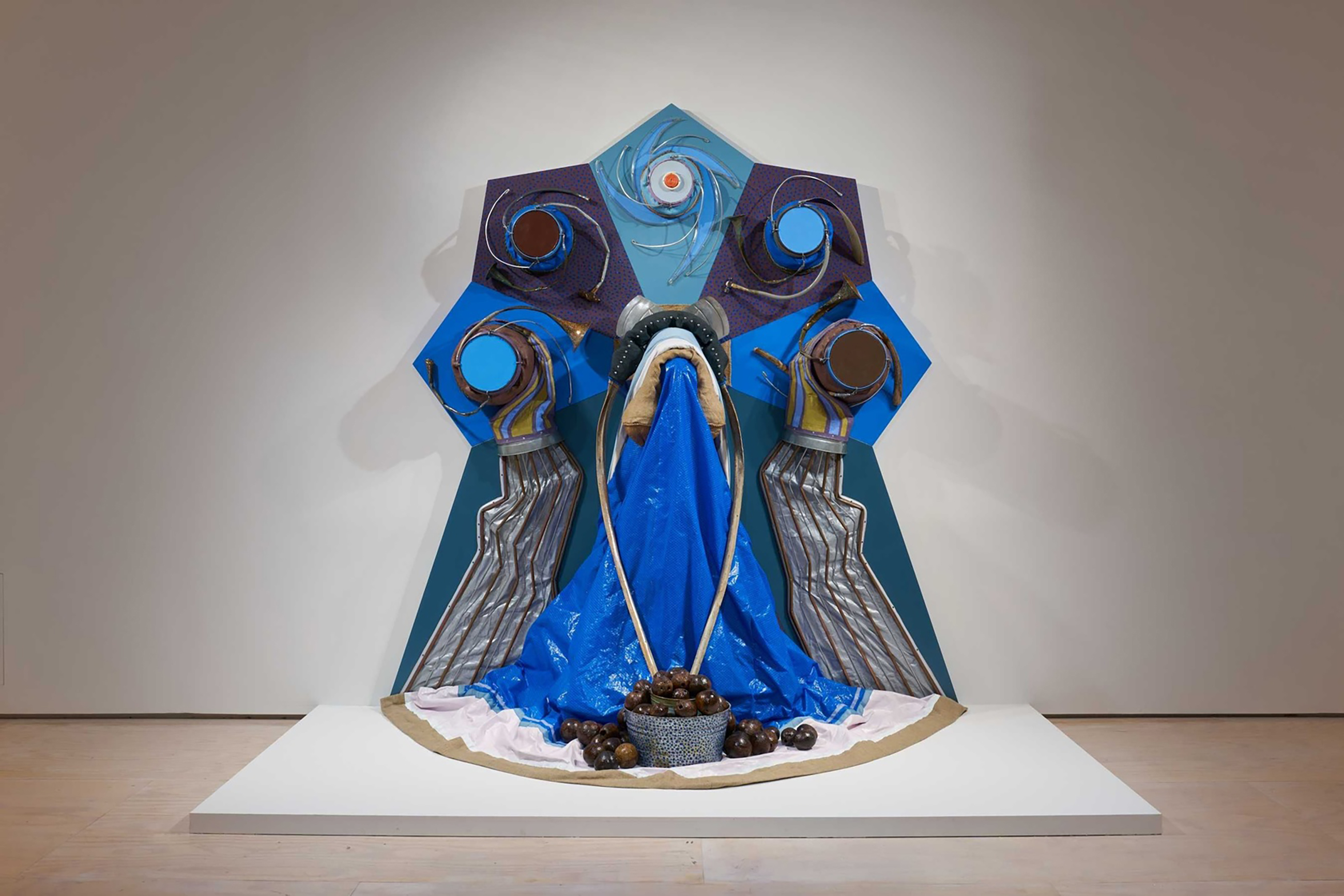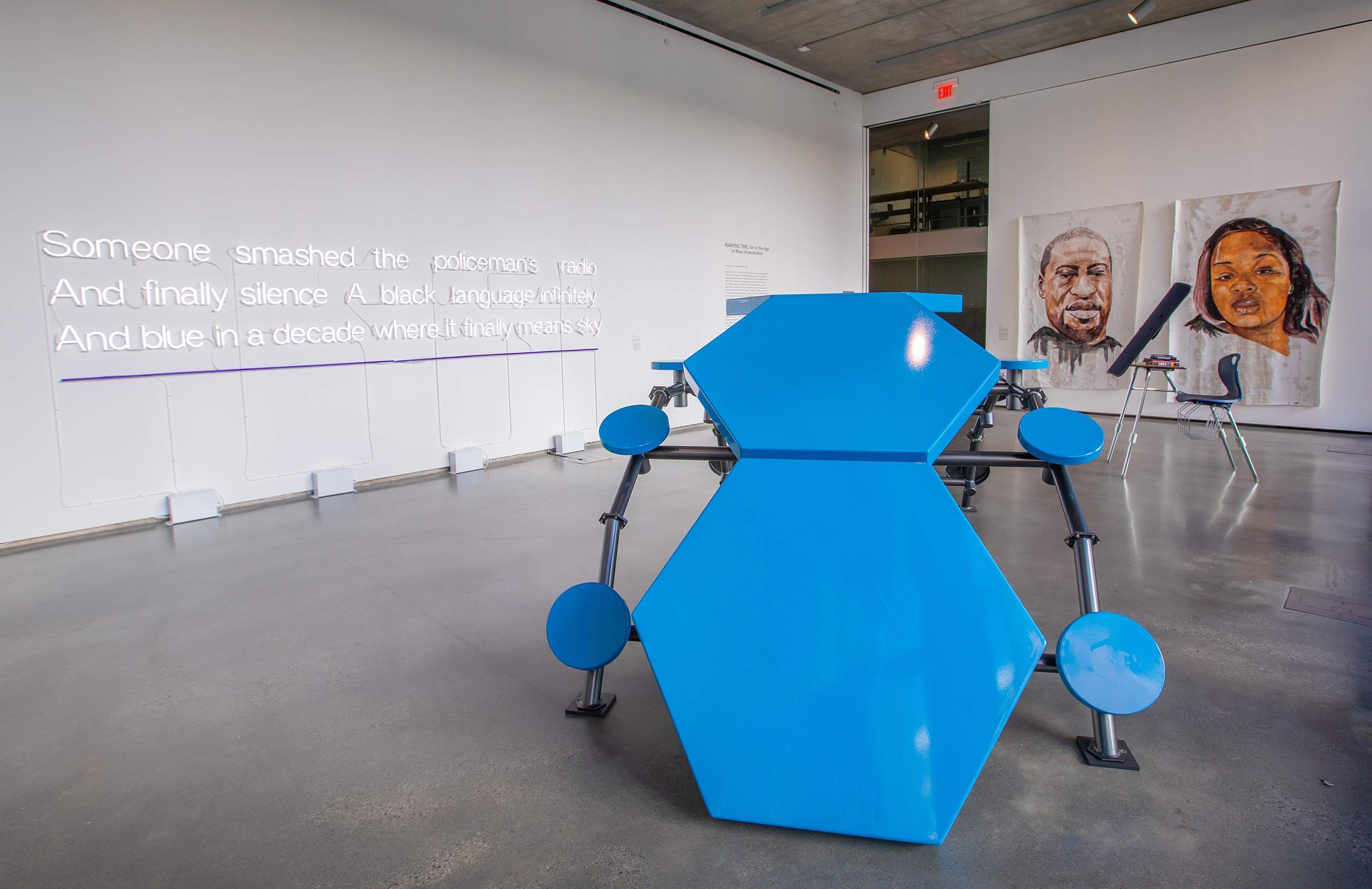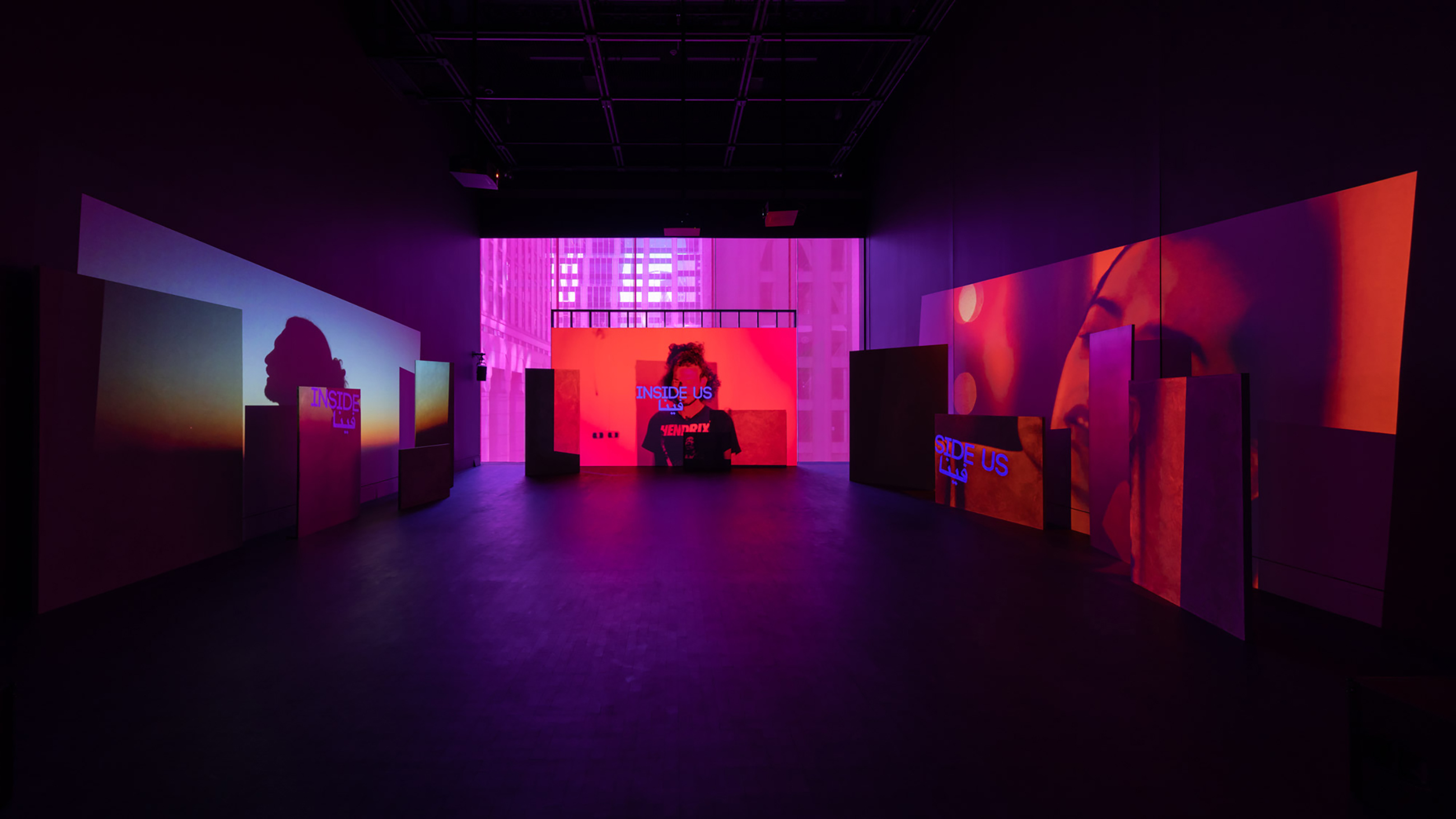Reference
Aikau, Hokulani K., et al. “Indigenous Feminisms Roundtable.” Frontiers: A Journal of Women Studies, vol. 36, no. 3, 2015, p. 84., doi:10.5250/fronjwomestud.36.3.0084
Bashi Treitler, Vilna. The Ethnic Project: Transforming Racial Fiction Into Ethnic Factions. Stanford University Press, 2013. Bennett, Joshua. Being Property Once Myself: Blackness and the End of Man. Harvard University Press, 2022.
Cajete, Gregory, and James Sa'ke'j Youngblood Henderson. Indigenous Community: Rekindling the Teachings of the Seventh Fire: toward an Evolving Epistemology of Contemporary Indigenous Education. Living Justice Press, 2015
Chayne, Kamea. “Bayo Akomolafe Speaks about Slowing down and Surrendering Human Centrality.” GREEN DREAMER, GREEN DREAMER, 16 Sept. 2021, greendreamer.com/podcast/dr-bayo-akomolafe-the-emergence-network\
Chen, Mel Y. Animacies: Biopolitics, Racial Mattering, and Queer Affect. Duke University Press, 2012.
Coulthard, Glen Sean. Red Skin, White Masks: Rejecting the Colonial Politics of Recognition. University of Minnesota Press, 2014.
Escobar, Arturo. Designs for the Pluriverse: Radical Interdependence, Autonomy, and the Making of Worlds. Duke University Press, 2018.
Fujikane, Candace, and C. M. Kaliko Baker. Mapping Abundance for a Planetary Future Kanaka Maoli and Critical Settler Cartography in Hawai'i. Duke University Press, 2021.
Haraway, Donna Jeanne. Staying with the Trouble: Making Kin in the Chthulucene. Duke University Press, 2016
Harjo, Joy. How we became human: new and selected poems. W.W. Norton & Company, 2002
Jackson, Zakiyyah Iman. Becoming Human: Matter and Meaning in an Antiblack World. NYU Press, 2020.
Kimmerer, Robin Wall. Braiding Sweetgrass: Indigenous Wisdom, Scientific Knowledge and the Teachings of Plants. Milkweed Editions, 2013.
King, Tiffany Lethabo. The Black Shoals: Offshore Formations of Black and Native Studies. Duke University Press, 2019.
Latour, Bruno, and Catherine Porter. Politics of Nature: How to Bring the Sciences into Democracy. Harvard University Press, 2009.
Latour, Bruno. Reassembling the Social: An Introduction to Actor-Network-Theory. Oxford University Press, 2005
Muñoz José Esteban. Disidentifications: Queers of Color and the Performance of Politics. University of Minnesota Press, 2015
Ramírez-D’Oleo, D. (2023). This Will Not Be Generative. Cambridge Elements: Feminism and Contemporary Critical Theory, 1–67. https://doi.org/10.1017/9781009320337
Tuck, Eve, and K. Wayne Yang. “Decolonization Is Not a Metaphor.” Decolonization: Indigeneity, Education & Society, vol. 1, no. 1, 2012, pp. 1–40
